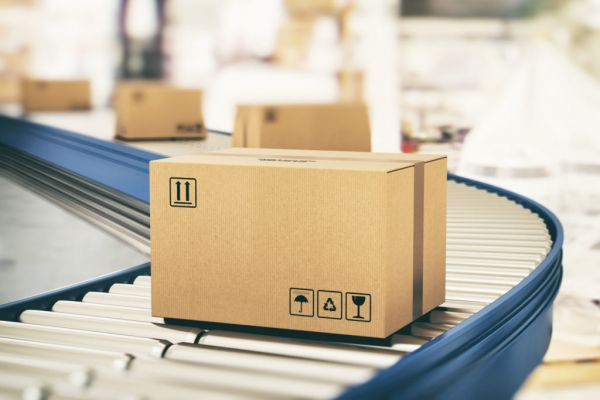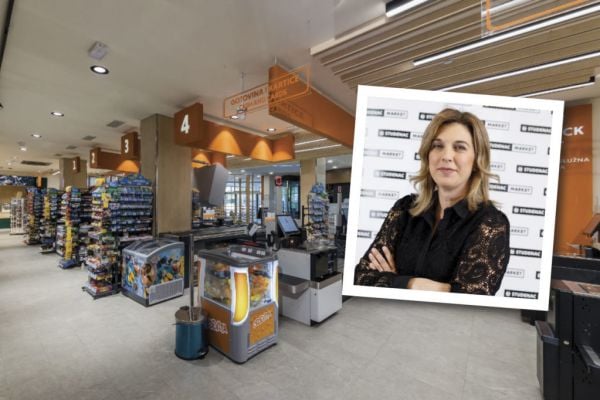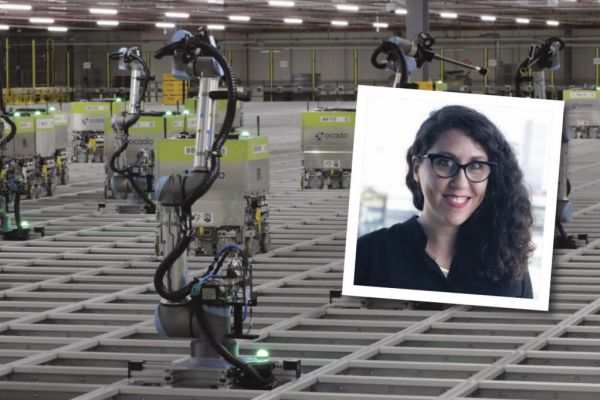With consumers flocking to e-commerce over the past year, Nick Peksa investigates how the packaging industry is repositioning itself to meet demand. This article first appeared in ESM Issue 2 2021.
From a marketing perspective, packaging is a sensory experience – an average shopper passes by 600 items per minute, so the first experience that the customer has with the product is important. In that one-tenth of a second, if the customer decides to pick up your product, how do you persuade him or her to purchase it?
An article in the last issue of ESM explored a number of packaging trends and innovations linked to the changes that consumers have made as a result of COVID-19. Shopping online is fast becoming the new normal, and 70% of consumers want their packaging to be delivered in suitably fitting boxes. Elsewhere, 38% are happy to spend more money on sustainable materials.
Bearing this in mind, a new marketing strategy for the sale of physical and e-commerce products may need to evolve to enable the growth of a category. Could this be the perfect time for collaboration between A- and B-brand suppliers and retailers?
As a rule of thumb, the total cost of packaging (product packaging, boxes, wrapping and pallets) can contribute to anything from 1% to 20% of the price of the end product. The current problem that the industry is facing is that everything in the packaging sector appears to be increasing in price.
Cardboard Packaging
Over the course of the pandemic, consumers switched to online retailing, and this dramatically raised demand for cardboard, especially materials used for transport packaging and corrugated boxes. E-commerce has seen double-digit growth, and there are no signs of it decreasing to pre-crisis levels. One of the primary reasons why demand for cardboard has increased is due to the intensity of splitting packaging. Compared to a retail pack, e-commerce requires three to five times the volume of cardboard.
This increased demand and a decline in the volumes of wastepaper collected have resulted in shortages thereof. The stocks of paper available for packaging fell across Europe by 20% in the latter part of 2020, and this encouraged a number of producing companies to stockpile raw materials in the final months of 2020.
More recently, German paper mills fearing a shortage have gone on a buying spree that stretched well into France, with some buyers willing to purchase at any price. This resulted in dramatic price increases within the paper packaging segment (a 53% increase in wastepaper prices), with further price increases into the first half of 2021 expected.
As suppliers saw this growth, a number of paper mills changed their scheduled planned maintenance to fulfil this increase demand, while others started to invest in infrastructure improvements. Europe brought new capacity online in late 2020, or has scheduled to do so in early 2021.
Printing Ink
As well as packaging price increases, several issues are plaguing the printing-ink industry. In the first quarter of 2021, the industry saw prices surge for the raw materials required to manufacture pigments, including titanium dioxide (TiO2), carbon blacks, metallics, and coloured pigments. Other factors affecting the price of inks include:
- high demand across all industries (and an increase in local consumption);
- upstream petrochemicals – downstream resins and solvents (moving upwards from Q2 2020);
- reduced supply;
- higher freight rates combined with longer shipping times – containers between China and Europe have risen by more than 400% since Q4 2020;
- reduced availability of shipping containers (misplaced containers and port delays); and
- the cost of vegetable oil and derivatives (alkyd resins and esters) – palm oil production is at a three-year low, and prices at a six-year high.
Other Packaging Price Increase
Pallets: Wood accounts for around 70% of the input cost for pallets. In the final quarter of 2020, many European countries experienced a home-grown price increase in the region of 13%. Cheaper Baltic imports have experienced a cumulative rise of over 20% since the start of the pandemic. This has resulted in the highest price for wood since 2000. The market expects further price increases.
Aluminium Cans: High demand continues to support market prices, as beverage and aerosol can production capacities continue to be tight. Normally, producers build up their stocks in summer, however, due to the pandemic, this never materialised. Prices are not expected to return to normal until late 2021.
Plastic Packaging: The world expects an economic recovery, and for this reason, crude-oil prices have been surging. Since the start of 2021, prices for Brent crude have increased by 21%, and by a massive 262% from the pandemic-led lows of April 2020. The rising price of mineral oils is impacting the forward pricing of resin contracts.
Opportunities For Innovation
High on the agenda for CPOs this year is to find some cost savings, however – given the state of the packaging market – could there be an opportunity to simplify product packaging? Innovation could help to introduce a two-tiered system solution: one for the physical shopper, with a full sensory experience, and the second for the more environmentally minded shopper, where the packaging is minimalist and greener, and the consumer is left with a feeling that s/he has behaved in a sustainable way. Through the adoption of a dual approach, a manufacturer could create a new eco-packaged version of their product.
This would involve a largely ink-free, sustainably sourced packaging format, which, in turn, could stimulate the use of bioplastics and more biodegradable polymers.
In this way, margins could be increased. However, this two-tiered approach could lead to the supply chain becoming more complex, as products would need to be packaged in two different ways and then sold via the corresponding shopping channel.
Ending Thoughts
This year will be of great importance for the whole bioplastics industry, as the European Commission is putting a special focus on biodegradable and compostable polymers, which will hopefully lead to a new legal framework for all bioplastics, and biodegradable and compostable materials.
The production of this framework also coincides with the revision of the Packaging and Packaging Waste Directive, which includes the essential requirements for packaging and is also expected towards the end of this year.
For more information, contact [email protected].
© 2021 European Supermarket Magazine – your source for the latest retail news. Article by Nick Peksa. Click subscribe to sign up to ESM: The European Supermarket Magazine.














